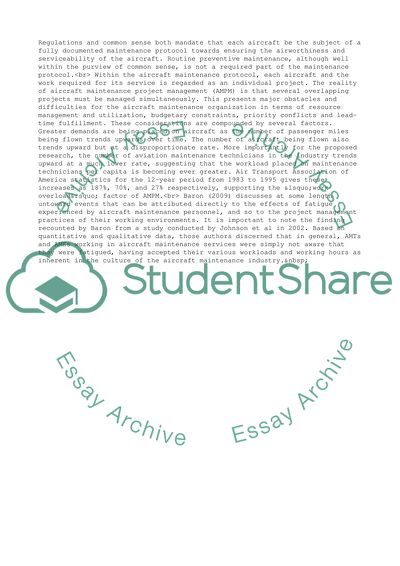Cite this document
(Managing Aircraft Maintenance Projects Successfully Research Proposal, n.d.)
Managing Aircraft Maintenance Projects Successfully Research Proposal. Retrieved from https://studentshare.org/management/1556276-managing-aircraft-maintenance-projects-successfully
Managing Aircraft Maintenance Projects Successfully Research Proposal. Retrieved from https://studentshare.org/management/1556276-managing-aircraft-maintenance-projects-successfully
(Managing Aircraft Maintenance Projects Successfully Research Proposal)
Managing Aircraft Maintenance Projects Successfully Research Proposal. https://studentshare.org/management/1556276-managing-aircraft-maintenance-projects-successfully.
Managing Aircraft Maintenance Projects Successfully Research Proposal. https://studentshare.org/management/1556276-managing-aircraft-maintenance-projects-successfully.
“Managing Aircraft Maintenance Projects Successfully Research Proposal”, n.d. https://studentshare.org/management/1556276-managing-aircraft-maintenance-projects-successfully.


